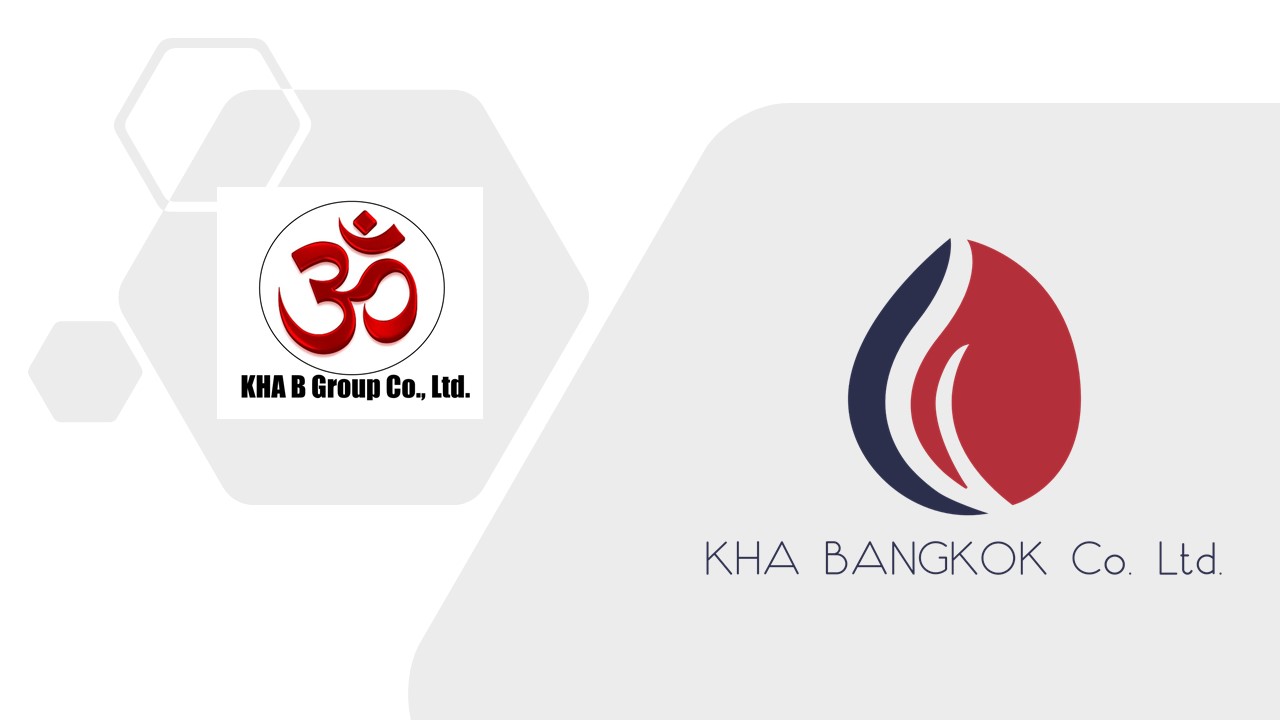Thailand is one of the strongest-performing pharmaceutical markets in the Asia-Pacific region. With a positive economic forecast, the market is expected to grow at a compound annual growth rate of 6.2%. By 2020, the value of the pharmaceutical industry is expected to have doubled.


Despite the already large healthcare sector, the rise of Thailand’s aging population is driving further need for healthcare services in the years to come. Like many other countries, Thailand is heading towards an aging society. In relation to other countries in ASEAN, the proportion of citizens aged over 60 is one of the highest in the region. It is also forecasted that, by 2045, such proportion will exceed that of other regions such as Europe and the United States. It is unquestionable that Thailand’s aging society will further drive the domestic healthcare demands in the decades ahead.

In line with Thailand’s position as a hub of medical treatment and medical tourism in Southeast Asia, hospitals across the country (1000 Public and more than 300 Privat) are leading the way in medical technology research and development. Primarily driven by Thailand’s rapidly ageing population and a rise in noncommunicable diseases, Thailand is quickly becoming a leading provider of medical care, pharmaceuticals and medical devices. According to research firm Global Data, in 2020 alone Thailand is expected to import USD 7 billion of pharmaceuticals.

The effect of the expansion of universal healthcare coverage (UHC)2/ in Thailand, in particular of the Universal Coverage Scheme (UCS), which now covers 99.78% of the country’s population, has been to increase access to healthcare to a very high level nationwide and this has naturally caused the consumption of medicines to increase as well.
Overall, the market for pharmaceuticals is forecast to grow by 5.7% per year during 2019-2021 and state-supported universal healthcare will remain a factor helping the continuing expansion of the distribution of medicines and treatments through hospital channels, the value of which is expected to grow steadily.

Imports of medicines will likely increase as the increasingly aging population encourages rising demand for medical treatments. In addition, the expansion in medical tourism, the development of specialized medical treatment centers, and growing domestic consumer health concerns will also help to drive increasing demand for specialized medicines, the majority of which will need to be imported.

Distribution via hospitals: As a result of the state healthcare provisions which go to civil servants and to other recipients, the value of medicines distributed through hospitals runs to around 70% of the total market for medicines. (70% Public H – 30% Private H)
Over-the-counter distribution: Although the development of the state healthcare system has had a significant effect on consumer behavior and their use of pharmacies, the latter are still an important distribution channel and consumers use them to acquire medicines. In addition, pharmacies have been able to increase their incomes by selling food supplements and medical supplies and these have seen rising sales as a result of the growing health-conscious trend of consumers. Currently, pharmacies are maintaining around a 30% share of the total pharmaceuticals market. Across the country, there are approximately 15,000 pharmacies, with 30% of these in Bangkok. About 80% of the total are stand-alone stores (mostly SMEs); the remaining 20% being outlets of pharmaceutical chain stores owned by large-scale operators in the form of either direct ownership or franchises. Modern traders (such as discount stores, supermarkets, convenience stores, and specialty stores focusing on healthcare products), in particular, are expanding their product lines by adding areas offering pharmaceutical and medical supplies, etc.
In terms of regulatory bodies, the Food and Drug Administration, or FDA, is responsible for overseeing the sector and its tasks include licensing operators and registering drugs for domestic distribution.
Pharmacies are having significant growth in turnover, due to increasing investment and expansion in chain stores, especially by modern retail outlets, which are expanding the store space given over to medicines and supplements. Other than the expansion of chain stores, convenience stores are increasingly allocating shop area for pharmaceutical products and their widespread branch coverage, projected to expand by a further 600-700 branches per year.
Wholesalers of pharmaceuticals are for their part increasingly expanding into the retail market and because they enjoy cost advantages when placing larger orders, they should be able to maintain solid growth. Perhaps the market is now ready to import the European pharma-logistic model.
To request further information click here

